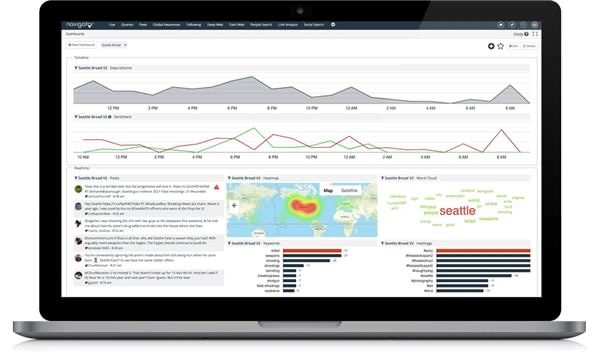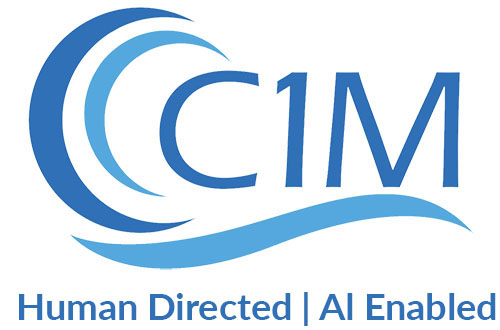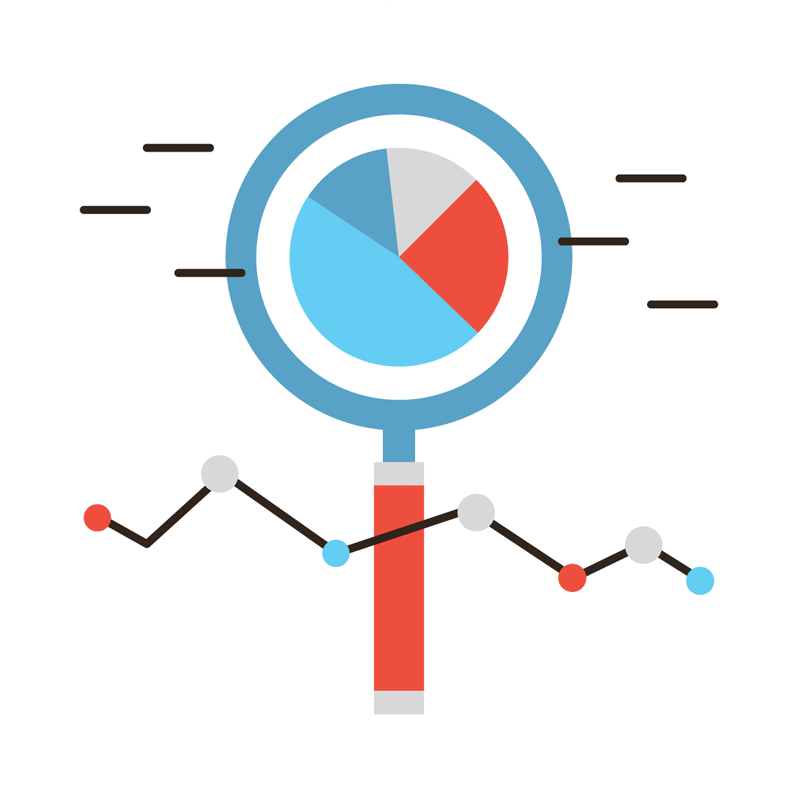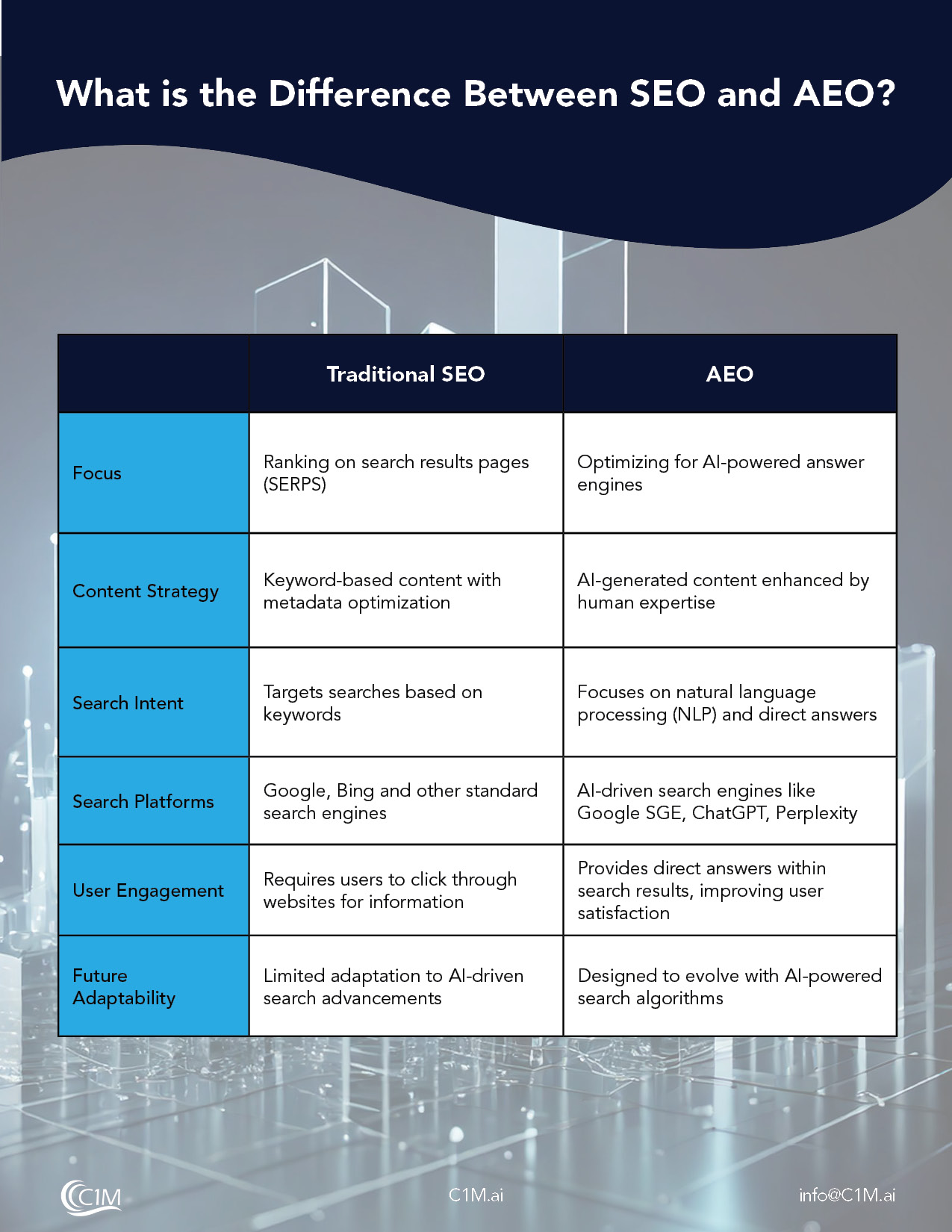
At Content First Marketing, we have the distinct pleasure of working with some of the finest companies in their respective industries. Part of our process in creating the website and writing content for a blog and social media is getting to know the industry and the people that make up these fine companies.
Within that process, we write a Brandscript, an internal document that tells the company’s story. In this document, our client is a guide. The hero is their customer.
We want to take this opportunity to showcase our clients and tell you why we believe they are heroes themselves.
LifeRaft – In Relentless Pursuit of Excellence for a Safer World
One of the reasons we at Content First Marketing enjoy working with LifeRaft is because they are the embodiment of one of our core values, the pursuit of excellence.
Let’s learn why LifeRaft was formed and how they have helped some of the largest organizations in the world protect their people, assets, and businesses by identifying and validating open-source intelligence (OSINT) threats across the broadest range of mainstream and niche data sources.
A History of Open-Source Intelligence (OSINT)
To fully appreciate what LifeRaft brings to the threat intelligence world, it’s vital to grasp OSINT’s history and evolution.
- World War II: US Allies carefully analyzed German newspapers and radio broadcasts to gather crucial intelligence during World War II. Leading intelligence agencies such as the US Office of Strategic Services (now the CIA), the US Foreign Broadcast Intelligence Service (FBIS), the UK Foreign Research and Press Service (FRPS), and the BBC Monitoring Service relied heavily on OSINT capabilities to unearth critical information on Nazi activities in occupied regions.
- Cold War: During the Cold War, the CIA and KGB effectively used OSINT to gain a strategic advantage. They collected crucial information on their enemies’ military, political, and economic capabilities.
- The 1990s: The internet was still in its infancy, but OSINT sources were becoming more accessible to the public. However, the data was often limited in scope—web articles and online bulletin boards.
- The Birth of the Smartphone: The iPhone’s initial release in 2007 paved the way for the 3G and 3GS models in 2008 and 2009, sparking the global adoption of smartphones as we know them today. The internet became readily available at any location and at all times.
- The Rise of Social Media Platforms: Facebook’s user base exploded from just 12 million members in 2006 to over 150 million users by 2008. The launch of the smartphone Facebook app enabled users to post regular updates throughout the day. As a result, personal data on individuals worldwide became easily accessible for anyone to view.
- Present Day: The OSINT sphere has expanded beyond government and military use. It now includes security teams and businesses who employ it to keep their organization safe while monitoring market trends and consumer behavior. Independent investigators from various industries, including private investigation, insurance, finance, healthcare, journalism, and more, have come to rely on OSINT to make informed decisions.
These technological developments represented a turning point in law enforcement investigations. Before this time, investigators had to rely on surveillance techniques or human intelligence sources to learn more about threat actors. Now they could look to social media platforms to provide crucial threat actor insight. As a result, social media investigations became safer, more efficient, and less cumbersome.
The LifeRaft Origin Story
Launched in 2014, LifeRaft is a leading threat intelligence provider serving medium, large, and global enterprises and corporations.
Their goal is simple—to cut through the “noise” of the digital landscape and help security professionals further validate OSINT with global event mapping, identity resolution, safety scores, and threat monitoring.
LifeRaft prides itself on its core values of curiosity, tenacity, and integrity. LifeRaft’s relentless pursuit of zero missed threats is motivated by the belief that people come first.
Solution
LifeRaft’s existence rests on the premise that there is infinite value in conducting a thorough analysis and monitoring initiative of all social media channels.
However, most companies can’t conduct in-depth OSINT campaigns that expose emerging threats, track competitors, and provide customer insights. Conducting a thorough analysis of all social media coverage is a Herculean task. With so much data floating in the digital world, it’s unrealistic for organizations to oversee this constant media monitoring.
LifeRaft’s threat intelligence platform, Navigator, does all the heavy lifting of manual social media monitoring, providing businesses with insights enabling analysis and subsequent reports to protect their employees, intellectual property, brand, and customers.
From reviewing famous news reports, blogs, dominant social media channels, and more obscure alt-tech networks, Navigator performs 24/7 monitoring of all corners of the internet. This software lets corporations stay on top of emerging events and trends affecting their business, market, and industry. Most importantly, it allows security teams to detect threats – and implement solutions – before they become a crisis.
Results
LifeRaft’s pursuit of excellence has served them well. Navigator is used globally in multiple industries supporting Fortune 100 and Top 10 companies.
LifeRaft has helped hundreds of customers improve their physical security programs. Navigator provides one central location for security teams to aggregate, filter, and investigate the staggering wealth of digital information.
Moreover, LifeRaft is committed to staying on the cutting edge of OSINT technology so they can educate their customers and provide the best possible service. As their website states, “In relentless pursuit of zero missed threats for a safer world.”
Content First Marketing is honored to be associated with LifeRaft. We look forward to achieving exceptional results as we continue to pursue excellence in years to come.



